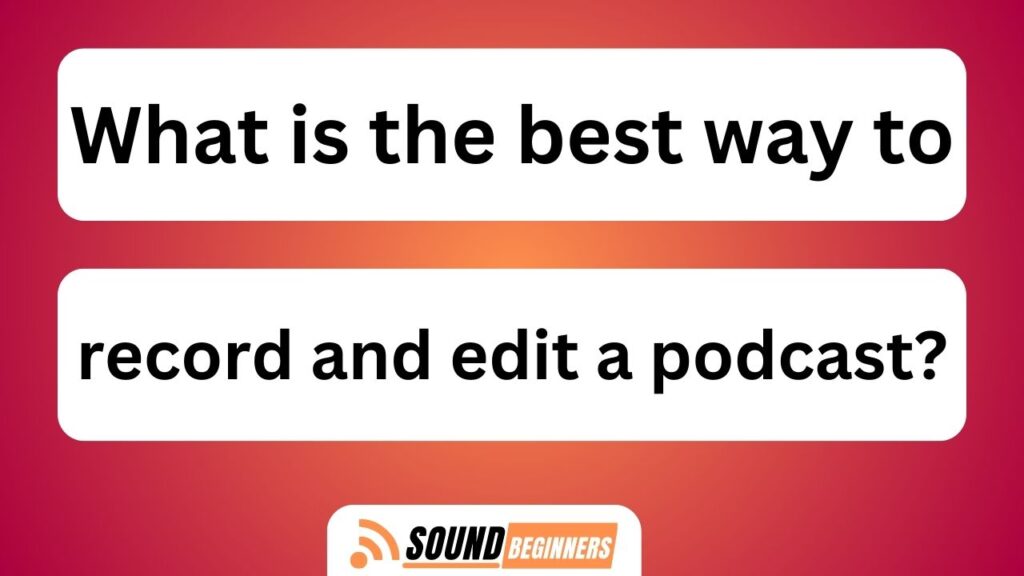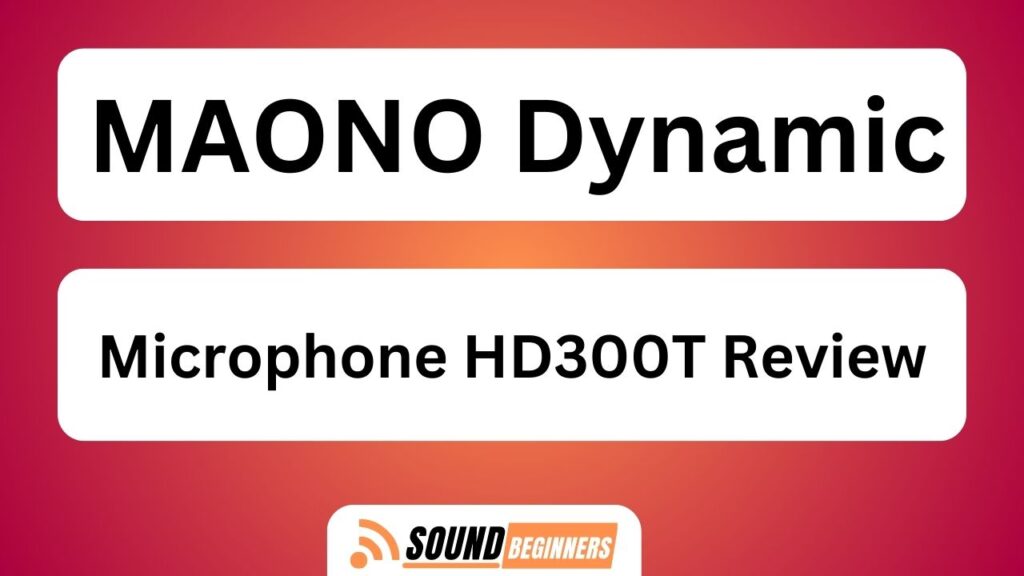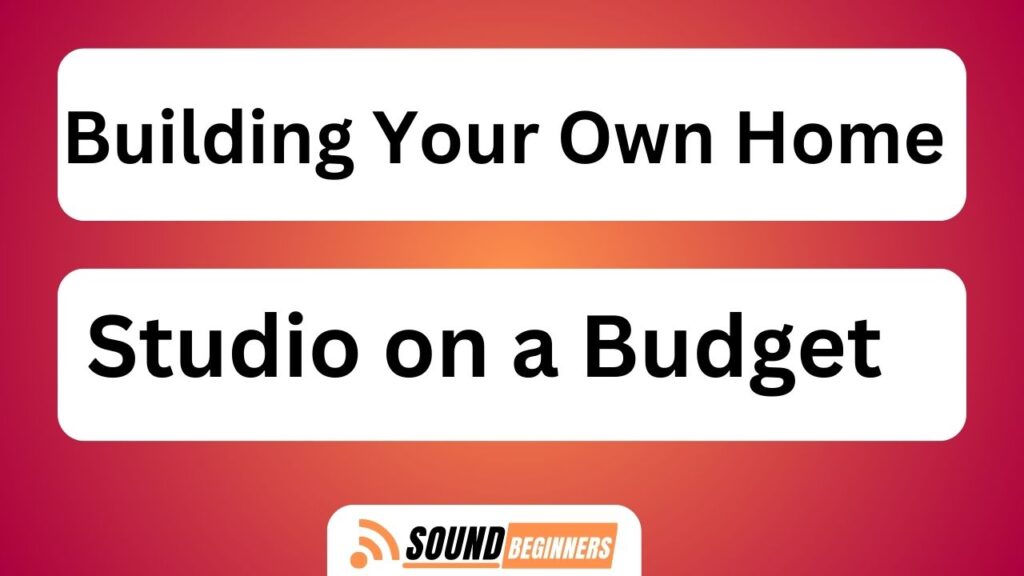In the fast-growing world of podcasting, recording and editing techniques play a vital role in delivering high-quality content to listeners.What Is The Best Way To Record And Edit A Podcast?
Just like a skilled conductor orchestrates an ensemble, knowing the best practices for recording and editing can enhance the overall experience of your podcast.
This article explores various methods, equipment suggestions, and editing techniques that can help you create professional-sounding podcasts.
Whether you are a seasoned podcaster or just starting out, these insights will guide you towards achieving optimal audio quality and engaging storytelling.
Key Takeaways:What Is The Best Way To Record And Edit A Podcast?
- Choose a podcast format and topic that fits your goals and target audience
- Invest in quality recording equipment, such as a suitable microphone and headphones
- Plan and structure your episodes with a consistent format and clear flow of information
- Record and edit your podcast using professional software, refining the audio and adding engaging elements like music and sound effects
Determine Your Podcast Format and Topic
Determining the podcast format and topic is crucial in establishing a clear direction for recording and editing a podcast. Firstly, deciding on the podcast length is essential as it will dictate the level of depth that can be explored within each episode. Shorter podcasts, around 15-30 minutes, are ideal for concise discussions or news updates, while longer podcasts, ranging from 45 minutes to an hour or more, allow for more in-depth conversations.
Additionally, choosing between an interview format or a solo-show format depends on the type of content you want to create. Interviews provide diverse perspectives and guest expertise, while solo shows allow for personal storytelling and focused discussions.
Once the podcast format and topic have been determined, it is important to invest in quality recording equipment to ensure professional sound quality and enhance the overall listening experience.
Invest in Quality Recording Equipment
When it comes to investing in quality recording equipment for your podcast, one key point to consider is choosing a microphone that fits your budget and needs.
There are a wide range of microphones available at various price points, so it’s important to do your research and find one that delivers good sound quality without breaking the bank.
Additionally, you may want to consider investing in additional equipment such as headphones and pop filters, which can help improve the overall audio quality of your recordings.
Choose a Microphone that Fits Your Budget and Needs
To select an appropriate microphone for podcast recording and editing, one must consider both their budget and specific requirements. There are a variety of microphone options available that cater to different recording techniques.
For those on a tight budget, USB microphones can be a suitable choice as they are affordable and easy to use, requiring no additional audio interface.
However, if quality is of utmost importance, condenser microphones are highly recommended as they capture more detail and produce clearer sound.
Dynamic microphones, on the other hand, are ideal for environments with background noise or when multiple speakers share a single microphone.
When choosing a microphone, it is essential to evaluate one’s needs based on factors such as recording environment, desired sound quality, and intended usage.
After selecting the appropriate microphone, it becomes crucial to consider additional equipment such as headphones and pop filters in order to enhance the overall recording experience.
Consider Additional Equipment such as Headphones and Pop Filters
One important consideration when setting up a podcast recording studio is the inclusion of additional equipment such as headphones and pop filters.
Headphones play a crucial role in ensuring clear audio monitoring during recording and editing sessions. It is recommended to invest in closed-back headphones that provide excellent noise isolation, allowing the podcaster to focus on their voice without any distractions.
Additionally, wearing headphones allows for immediate detection of background noises or technical issues that may require adjustments or re-recording.
Another essential piece of equipment is the pop filter, which helps reduce plosive sounds caused by bursts of air hitting the microphone while pronouncing certain letters. Using a pop filter improves audio quality by minimizing unwanted popping sounds and ensures consistent audio levels throughout the podcast episode.
To achieve professional-quality sound recordings, it is necessary to set up a quiet and soundproof recording space where external noise interference can be minimized effectively without distracting from the main content being discussed in the podcast.
Set Up a Quiet and Soundproof Recording Space
Creating a quiet and soundproof recording space is essential in order to achieve optimal audio quality for podcast recordings. To ensure a professional sounding podcast, consider the following techniques for creating a DIY recording booth:
- Select a suitable location: Choose a small room or closet with minimal echo and external noise. Avoid spaces near appliances or busy streets.
- Soundproof the space: Use acoustic foam panels or blankets to absorb reflections and dampen outside sounds. Seal any gaps or cracks with weather stripping.
- Minimize vibrations: Place your microphone on a shock mount to reduce handling noise and use an isolation pad under your laptop or equipment to prevent structural vibrations.
By setting up a dedicated recording space that eliminates background noise and improves acoustics, you can greatly enhance the overall quality of your podcast recordings.
Transitioning into the next section, it is important to also plan and structure your episodes effectively for maximum engagement.
Plan and Structure Your Episodes
Planning and structuring episodes is crucial for optimizing engagement and delivering a well-organized podcast experience. A clear and thought-out podcast episode structure helps to capture the attention of listeners and keeps them engaged throughout the episode. It also allows hosts to convey their message effectively and ensures that the content flows logically from one point to another.
When planning your podcast episodes, consider incorporating a consistent format that includes an introduction, main content, and a conclusion. This provides a framework for each episode and gives listeners a sense of familiarity. Additionally, break down the main content into segments or sections to maintain interest and facilitate understanding.
To emphasize the importance of planning and structuring episodes, consider the following table:
| Benefits of Episode Planning |
|---|
| Enhanced organization |
| Improved listener engagement |
| Clear flow of information |
By carefully planning your episodes and creating a structured outline, you set yourself up for success when it comes to recording and editing your podcast. Transitioning into the next section about ‘record and edit your podcast,’ it is essential to have well-planned episodes as they provide a solid foundation for producing high-quality content.
Record and Edit Your Podcast
To ensure a polished final product, the process of recording and editing your podcast involves carefully capturing audio content and refining it through post-production techniques. Investing in professional editing software can greatly enhance the quality of your podcast by providing advanced tools for noise reduction, equalization, and audio effects.
However, it is important to find the right balance between editing and keeping the conversation natural. Over-editing can make your podcast sound unnatural or robotic, while under-editing may result in poor audio quality or distracting background noises. It is recommended to listen back to your recordings critically, removing any mistakes or long pauses while preserving the flow and authenticity of the conversation.
Adding intro and outro music can help create a professional and engaging atmosphere that transitions smoothly into the main content of your podcast section about ‘add intro and outro music’.
Add Intro and Outro Music
One effective way to enhance the overall production value of your podcast is by incorporating introductory and concluding music segments. By using royalty free music, you can add a professional touch to your podcast without worrying about copyright issues.
When selecting the music, it is important to find the right tempo that matches the tone and mood of your podcast. A faster tempo can create an energetic and upbeat atmosphere, while a slower tempo can evoke a sense of calmness or seriousness. Additionally, consider the genre and style of music that aligns with your podcast’s theme and target audience.
Overall, adding well-chosen intro and outro music can captivate listeners from the start and leave a lasting impression at the end of each episode.
This sets the stage for the subsequent section on enhancing your audio with sound effects and transitions.
Enhance Your Audio with Sound Effects and Transitions
Sound effects can be a valuable addition to podcast episodes as they can add depth and interest to the audio. By incorporating sound effects strategically, podcasters can create a more immersive experience for their listeners.
Additionally, using transitions between segments helps to maintain a smooth flow throughout the episode, ensuring that there are no abrupt changes or jarring shifts in content.
These techniques contribute to an overall polished and professional sounding podcast.
Use Sound Effects to Add Depth and Interest to Your Episodes
Adding sound effects to a podcast can enhance its quality and engage listeners on a deeper level. Using sound effects creatively is essential to create an immersive experience for the audience.
Here are some tips for finding royalty-free sound effects:
- Explore online libraries: Numerous websites offer a wide range of royalty-free sound effects that can be used in podcasts. These libraries provide access to various categories, ensuring there’s something suitable for every episode.
- Create your own sounds: Recording and editing unique sounds can add originality to your podcast. Experiment with different objects or environments to capture captivating audio clips.
Incorporating sound effects effectively into a podcast elevates the overall listening experience, making it more enjoyable and engaging.
Transitioning smoothly between segments is another crucial aspect of creating a seamless episode flow without jarring interruptions.
Use Transitions to Smoothly Transition between Segments
An effective technique for creating a seamless episode flow without interruptions involves incorporating transitions to smoothly transition between segments in a podcast. Transitions serve as bridges that connect different parts of the episode, maintaining a smooth and coherent listening experience. They help to guide listeners from one segment to another by providing a clear indication of the shift in topic or tone. By using smooth transitions, podcasters can enhance the overall segment flow and keep their audience engaged throughout the episode.
To illustrate the importance of transitions in podcasting, consider the following table:
| Transition Type | Purpose |
|---|---|
| Fade In/Out | Create a gradual introduction or conclusion |
| Crossfade | Blend two audio clips seamlessly |
| Music Bed | Provide background music during transitions |
| Sound Effect | Signal change or emphasize key points |
| Voiceover | Offer narration or provide context |
By utilizing these transition techniques effectively, podcasters can polish their episodes and maintain a professional sound quality. This leads us to explore how editing techniques can further enhance the overall production value of podcasts.
Incorporating smooth transitions is just one step towards creating an engaging podcast. To further polish your episodes with editing techniques…
Polish Your Episodes with Editing Techniques
To enhance the quality of your podcast episodes, employing various editing techniques can be effective. Editing techniques play a crucial role in refining the audio and creating a seamless listening experience for your audience.
One essential technique is audio enhancement, which involves adjusting levels, removing background noise, and equalizing frequencies to ensure clarity and balance in sound. Additionally, trimming out unnecessary pauses or mistakes, adding music or sound effects where appropriate, and ensuring a consistent volume throughout the episode are also important editing practices.
These techniques help to create professional-sounding podcasts that engage listeners from start to finish. Once you have polished your episodes using these editing techniques, it is time to export and upload your podcast seamlessly into the next step of the process.
Export and Upload Your Podcast
Exporting and uploading your podcast is the final step in the process of sharing your polished episodes with your audience. After you have edited your podcast and are satisfied with the final product, it is time to export it into a file format that is compatible with various podcast platforms.
The most common file format for podcasts is MP3, which ensures compatibility across different devices and platforms. Once you have exported your podcast, you can then upload it to a hosting platform or directly to podcast directories such as Apple Podcasts or Spotify. These platforms provide a space for your podcast files to be stored and accessed by listeners.
Uploading your podcast involves providing relevant information such as episode titles, descriptions, and artwork. Once uploaded, you can promote and share your podcast through various channels to reach a wider audience.
Transition: Now that you have successfully exported and uploaded your podcast, it’s time to explore ways to promote and share it effectively without writing ‘step’.
Promote and Share Your Podcast
This section will explore effective strategies for promoting and sharing your podcast.
One key point is to share your episodes on social media platforms and podcast directories, which can help increase visibility and attract new listeners.
Additionally, engaging with your audience by responding to comments and messages can foster a sense of community and encourage listeners to become loyal followers.
Finally, encouraging reviews and feedback from your audience can not only provide valuable insights for improvement but also serve as social proof for potential new listeners.
Share Your Episodes on Social Media and Podcast Directories
Sharing podcast episodes on social media and podcast directories allows for increased visibility and reach among potential listeners. It is essential to leverage these platforms to promote your podcast effectively. One way to share episode highlights is by creating engaging and attention-grabbing posts that highlight the most interesting aspects of each episode. This can pique the interest of potential listeners, enticing them to give your podcast a try. Additionally, collaborating with other podcasters can be beneficial as it allows for cross-promotion and exposure to each other’s audiences.
To further enhance your reach, it is recommended to utilize different social media platforms such as Twitter, Facebook, Instagram, and LinkedIn. Each platform has its unique features that cater to various demographics. Moreover, submitting your podcast to popular directories like Apple Podcasts, Spotify, Google Podcasts, and Stitcher ensures maximum accessibility for potential listeners.
Transitioning into the next section about ‘engage with your audience and encourage reviews and feedback,’ fostering connections with your audience through social media interactions boosts engagement levels while also facilitating valuable feedback from listeners without sounding intrusive or pushy.
Engage with Your Audience and Encourage Reviews and Feedback
To build a successful podcast, it is crucial to engage with your audience and actively encourage reviews and feedback. By doing so, you not only establish a sense of community but also foster meaningful connections with your listeners.
Encouraging listener interaction can be achieved through various methods such as incorporating listener questions or comments in your episodes, hosting live Q&A sessions, or creating online forums where listeners can discuss the podcast topics.
Additionally, actively seeking out reviews and feedback from your audience allows you to gauge their preferences and make necessary improvements to enhance their listening experience.
Engaging with your audience not only strengthens the bond between host and listener but also creates a platform for them to connect with each other, fostering a vibrant and supportive community around your podcast.
Frequently Asked Questions
How do I choose a podcast format and topic that will resonate with my target audience?
Choosing engaging topics for a podcast involves researching the target audience to understand their interests, preferences, and needs. By conducting thorough research and analysis, podcasters can identify relevant topics that resonate with their target audience and increase listener engagement.
What are some recommended brands or models of recording equipment for podcasting?
For setting up a home recording studio effectively, recommended brands or models of recording equipment include the Shure SM58 microphone, Focusrite Scarlett 2i2 audio interface, and Audio-Technica ATH-M50x headphones.
How can I effectively soundproof my recording space on a budget?
In order to effectively soundproof a recording space on a budget, one can employ various DIY techniques and utilize cost-effective soundproofing materials. These methods will help minimize external noise interference and create an ideal environment for podcast recording.
Are there any specific techniques or strategies for structuring podcast episodes to keep the audience engaged?
Engaging storytelling and effective interview techniques are key elements in structuring podcast episodes to keep the audience engaged. By utilizing compelling narratives and conducting insightful interviews, podcasters can create a captivating listening experience that holds the attention of their audience.
What are some common editing techniques I can use to improve the overall quality of my podcast episodes?
Common editing techniques for podcast episodes include removing background noise, adjusting volume levels, and applying audio effects like compression and equalization. These techniques enhance the overall quality of the audio and improve the listening experience for the audience.
Conclusion
In conclusion, recording and editing a podcast requires careful planning, investment in quality equipment, and attention to detail.
By determining your podcast format and topic, setting up a soundproof recording space, and structuring your episodes effectively, you can create a professional and engaging podcast.
Additionally, enhancing your audio with sound effects and transitions, using editing techniques to polish your episodes, and promoting and sharing your podcast will help you attract listeners.
With these steps in place, you can create the best podcast possible that will captivate audiences far and wide – making it the ultimate audio experience!



